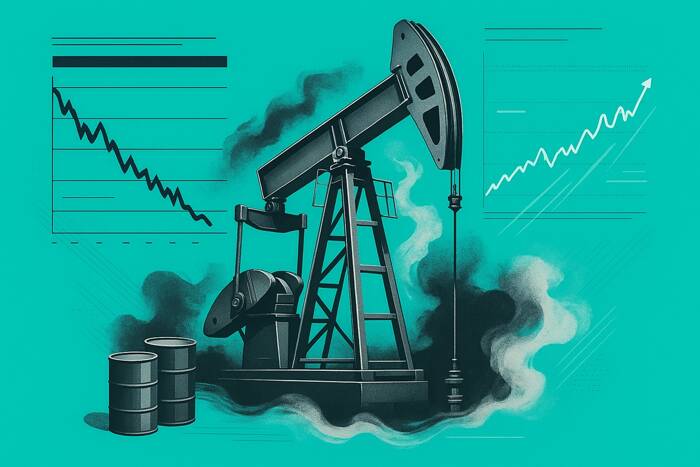A decisive break above $66.18 would signal bullish momentum, but failure to hold the 200-day could trigger a deeper retreat.
Ongoing Ukraine-Russia Conflict Elevates Supply Risk Concerns
Monday’s price rally was driven by escalating concerns over Russian supply after Ukrainian strikes hit Russian energy infrastructure, raising the risk of further export disruptions. The strikes have already caused gasoline shortages in parts of Russia, and the possibility of new U.S. sanctions is increasing market anxiety.
While tensions remain high, some back-channel talks between U.S. and Russian officials reportedly occurred during recent peace negotiations. However, U.S. President Donald Trump has threatened additional sanctions if diplomatic progress stalls in the next two weeks. Analysts suggest that traders are cautious due to these fluid developments, preferring short-term positions over long-term commitments.
Equity Market Weakness and Risk Aversion Trigger Pullback
Tuesday’s losses are also tied to broader risk-off sentiment, as global equity markets came under pressure. UBS analyst Giovanni Staunovo cited investor risk aversion as the main reason for oil’s pullback, noting that geopolitical uncertainty around Russia remains a key driver.
PVM Oil Associates analyst Tamas Varga warned that the war in Ukraine and global tariff tensions are creating a level of uncertainty that discourages long positioning. Brent crude, he noted, may be rangebound between $65 and $74 until a clearer direction emerges from the geopolitical front.
U.S.-India Tariff Threats Add to Market Uncertainty
Another bearish factor weighing on sentiment is the looming threat of U.S. tariffs on India over its continued purchases of Russian crude. India is currently the third-largest buyer of Russian oil, and proposed U.S. duties could reach up to 50%—a potentially major disruption to trade flows. According to Saxo Bank’s Ole Hansen, this adds yet another layer of pressure on a market already juggling war risk and fragile demand.

